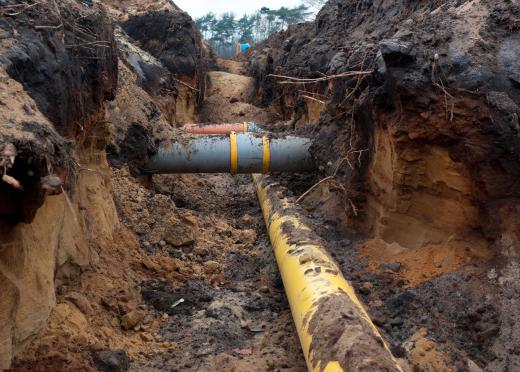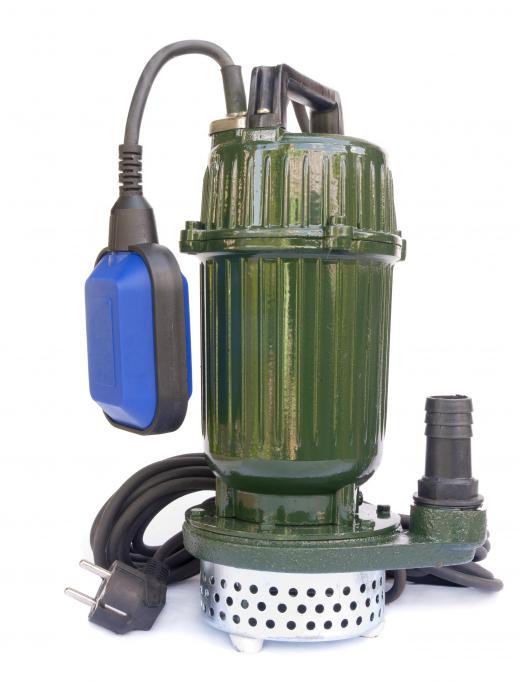A submersible pump is a pump that is able to be placed underwater and still carry out its intended purpose. Some pumps may be designed to work while being fully submerged, whereas others may be submerged or placed in a dry area. It is important to understand what type of pump you are dealing with in order that no damage is incurred when it is being used.
Submersible pump types include sump pumps and sewage pumps. These are the types with which most residential users will be most familiar. However, this pump can be used in a number of other applications as well such as well pumps, fountain pumps and borehole pumps.

Submersible pumps work by protecting their motors from the liquid being pumped. Usually, the motors are placed in a water tight compartment filled with oil. Most motors used in these pumps are electric, either running on alternating current or direct current.
The advantages of a submersible pump are numerous. First, it has the advantage of being self-primed because the substance it is pumping, usually water, is right there at the pump itself. Further, the submersible pump may actually have to do less work than a standard pump simply because it is closer to the liquid being pumped.

There are some disadvantages to submersible pumps as well. There is the chance the pump will become corroded and lose its seals, thus allowing liquid to penetrate into the motor housing and causing substantial damage to the unit. Also, because these pumps are under water a good portion of their lives, accessing the pump for repairs may be difficult.
In home uses, most of these problems are somewhat diminished. A submersible pump in a home may not be submerged most of the time. If it is, it may not be completely submerged. Even so, the pump should still be easily accessed.
When choosing a submersible pump for home use, many are suited for specific tasks. Some may be better able to handle solids and would therefore make good sewage pumps. Other standard sump pumps may be simply suited for removing water from unwanted areas, such as flooded basements.
